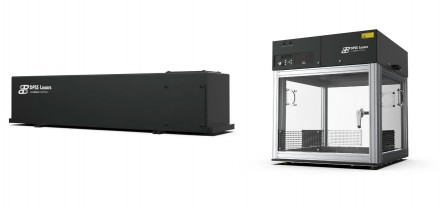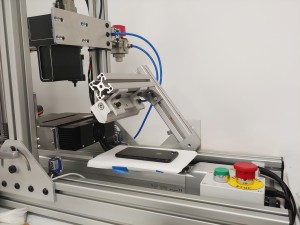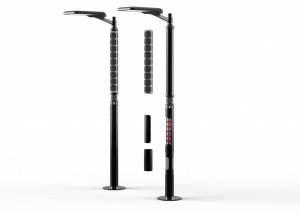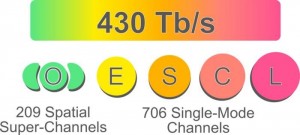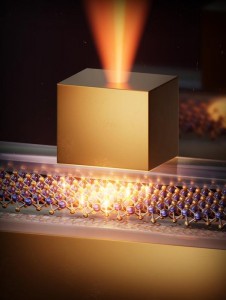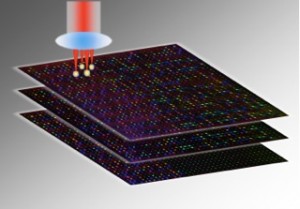
For the first time, researchers at the University of Southampton, UK, have demonstrated the storage of five-dimensional digital data by femtosecond laser writing in glass. The data is recorded via self-assembled nanostructures created in fused quartz, with thermal stability of up to 1000 degrees Celsius.
This potentially very stable and safe form of portable memory could prove highly useful for organisations with large archives, such as museums, libraries or national archives, which today have to back up their digital archives every few years, due to the relatively short lifespan of present hard-drive memory. Boasting a data storage capacity of up to 360 terabytes, the 5D optical memory in glass has been dubbed the “Superman memory crystal”, likening it to the “memory crystals” used in the Superman films. The information encoding is realised in five dimensions: the three-dimensional position of the nanostructures, plus their size and orientation. This technology could theoretically record and securely store the last evidence of our present civilisation for over a million years.
In principle, the self-assembled nanostructures change the way light travels through glass, modifying the polarisation of light, which then can be read using a combination of an optical microscope and a polariser. In experiments, 300 kilobyte of digital data in form of text in PDF were successfully recorded in 5-D using an ultrafast laser that produces extremely short and intense pulses of light. The file, which could be the first document created to likely survive the human race, is written in three layers of nanostructured dots separated by five micrometres.
The groundbreaking research could soon revolutionise digital technologies in that it could provide “real possible high-capacity memory for cloud computing, the Internet and communication systems,” says Jingyu Zhang from Southampton’s Optoelectronics Research Centre (ORC), who led the research. “We successfully recorded something that might last longer than the whole human race,” he enthuses. Next, his team wants to “improve the readout system” and look for an “industrial partner to commercialise this technique.”
The research, conducted in collaboration with Eindhoven University of Technology, The Netherlands, is detailed in the paper “5D Data Storage by Ultrafast Laser Nanostructuring in Glass,” presented at the Conference on Lasers and Electro-Optics (CLEO '13).
Written by Sandra Henderson, Research Editor, Novus Light Technologies Today























 Back to Features
Back to Features










